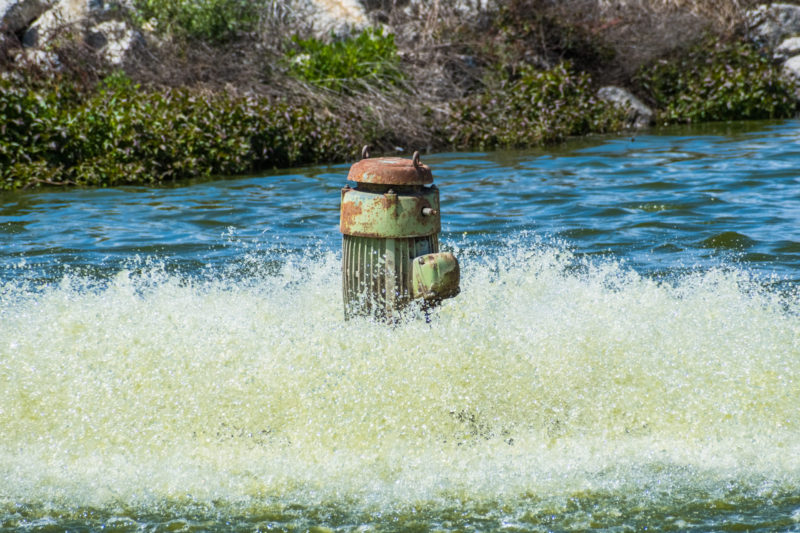
Water stewardship is the sustainable use of water achieved through stakeholder engagement that aligns actions at the site with conditions in the watershed.
Corporate water stewardship means that companies are taking an expansive view of water stewardship across the enterprise. This means considering how water is used within direct operations (i.e., at facilities), how their water use impacts the watershed and how the conditions of the watershed impact their operations. Engaging key stakeholders as part of an enterprise-wide water stewardship strategy is critical.

Growing concerns over how climate change, environmental issues and threats to supply-chain resilience affect corporate brand value have compelled investors, asset managers and ratings agencies to reward more strategic corporate performance on a range of sustainability issues, including water.
External stakeholders, from investors to consumers, increasingly expect companies to implement meaningful sustainability and social impact strategies and initiatives. Most importantly, they want companies to demonstrate strategic, concrete actions and outcomes as opposed to generic, non-substantive reports.
Water is a high priority in the sustainability movement because most of the effects of climate change will be felt through water. However, water stewardship is more complicated than carbon reduction and harder to characterize and quantify; whereas carbon reductions are fungible, water stewardship is necessarily place-based and the issues vary watershed to watershed.

Water-related challenges and risks require context-based solutions. Companies need to assess risk, craft corporate strategies to address risk, and drive continual improvement and enact credible corporate water stewardship policy that informs actions from the board room to the shop floor.
As more companies acknowledge their role in the protection of our watersheds and water resources, a way to assess a company’s commitment to good corporate water stewardship is more important than ever. Corporate sustainability leaders want to be able to demonstrate their commitments and progress on water sustainability to stakeholders. At the same time, impact and ESG investors need a way to vet companies that claim to be good corporate water stewards.
Companies that undergo a water stewardship verification process can confidently demonstrate that they have taken the requisite steps to use water more sustainably in their business. Water stewardship verifications, such as The Water Council’s WAVE program, provide a standard that investors can use to evaluate corporate commitments to water stewardship and serve as an additional tool for impact investors who are trying to better understand a company’s commitment to sustainability.


